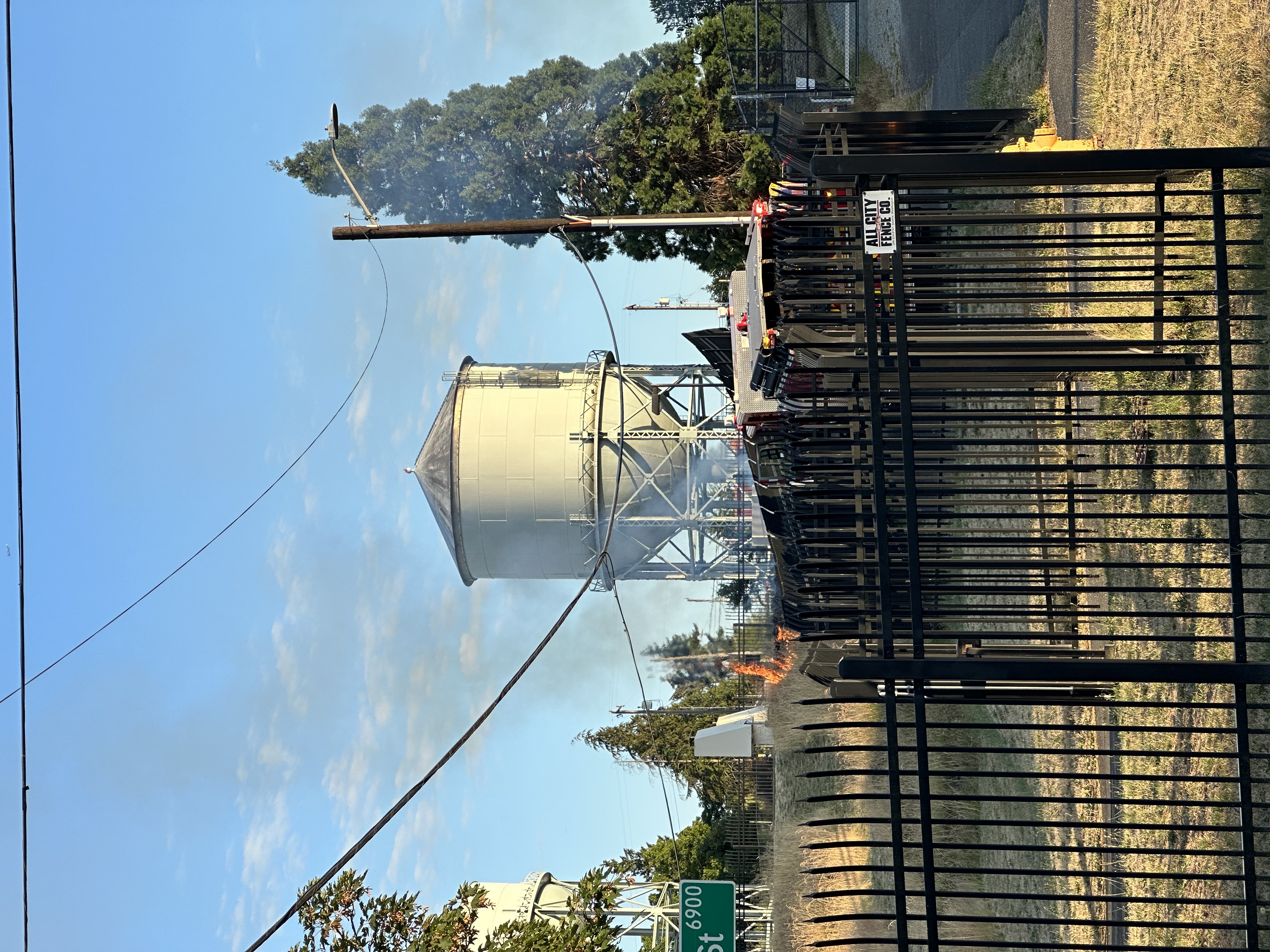 (Trees in High Point, photographed by Jerry Simmons)
(Trees in High Point, photographed by Jerry Simmons)
Among this week’s events in West Seattle: The Trees and People Coalition plans an “interactive information session” Tuesday night (November 19) to discuss how the city’s proposed zoning changes might affect the tree canopy. They’re planning presentations around the city, starting with 6:30 pm Tuesday at West Seattle (Admiral) Library (2306 42nd SW). The sessions will include information on how to comment on the rezoning proposals by the December 20 deadline. If you can’t get to this, there’s also an online session next Saturday, noon-1 pm (register here to get the link), with citywide information and the chance to ask questions about your neighborhood.





| 44 COMMENTS